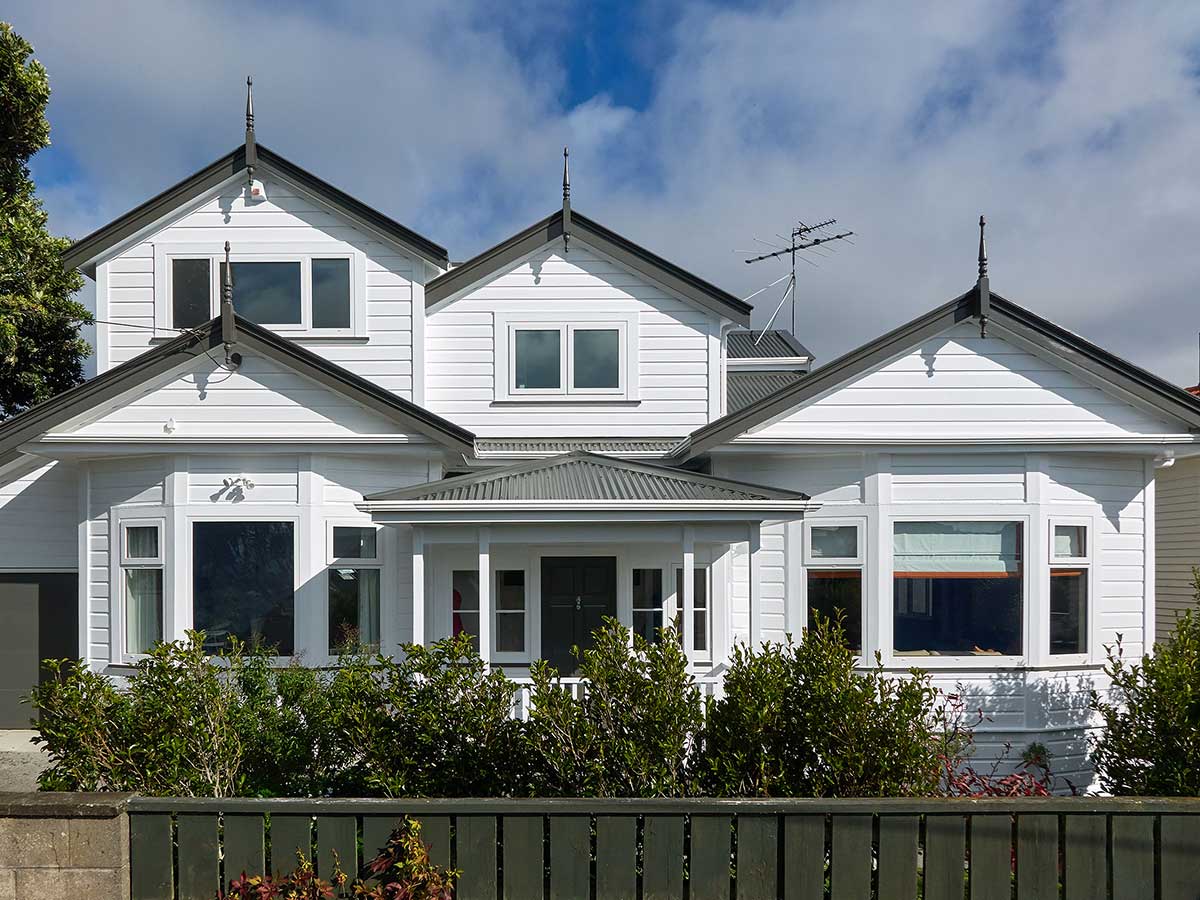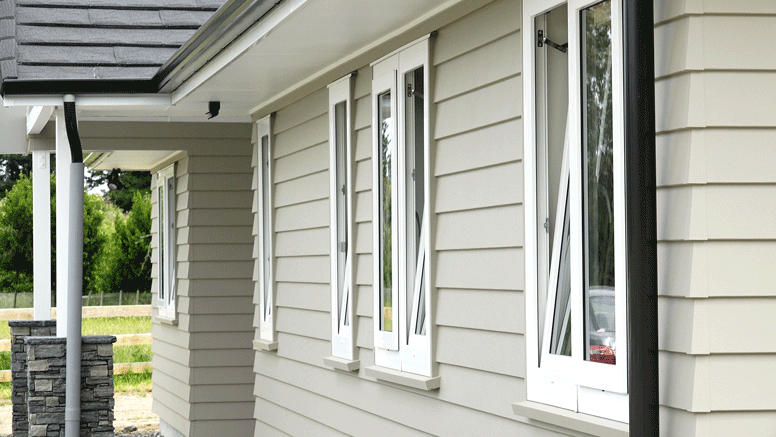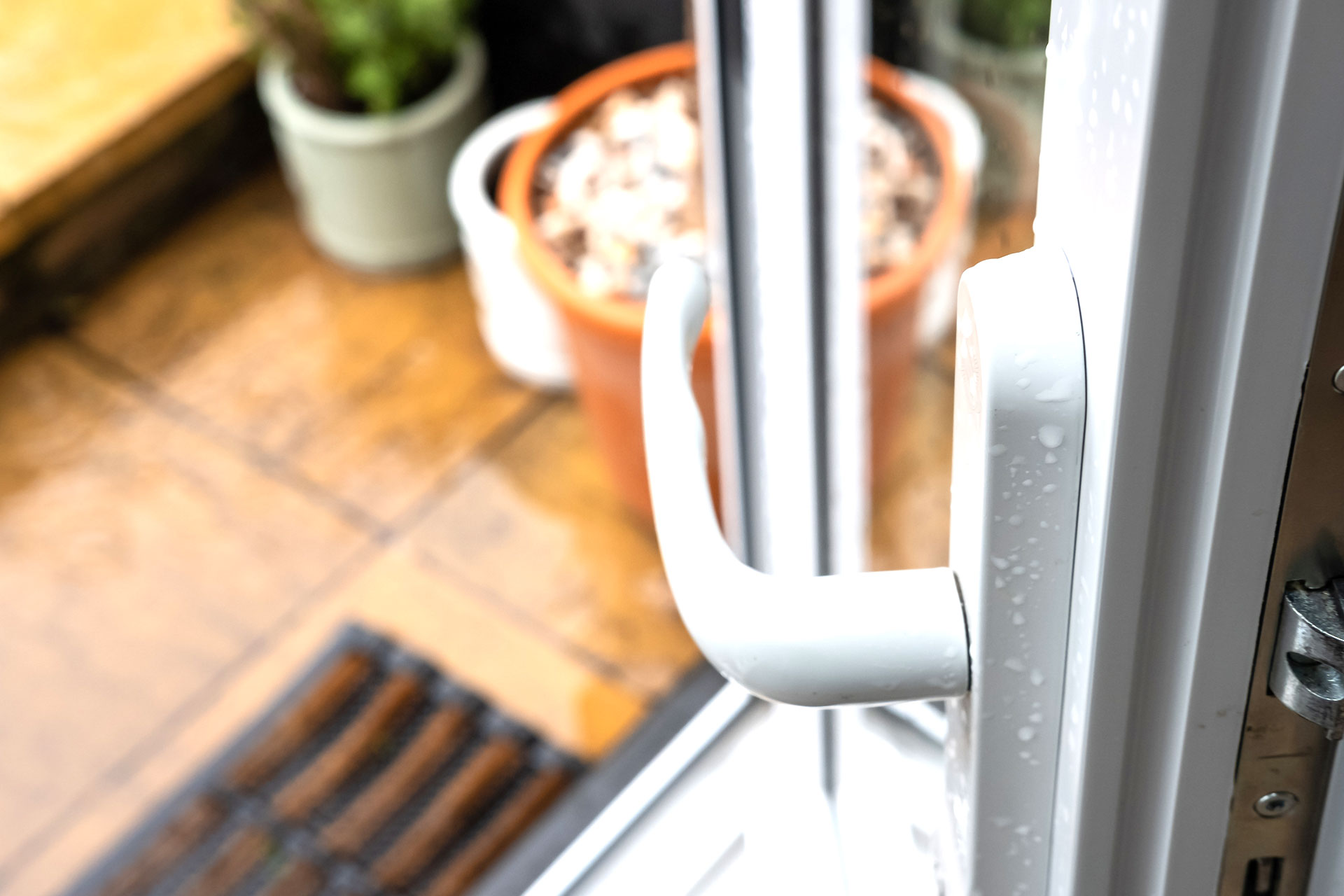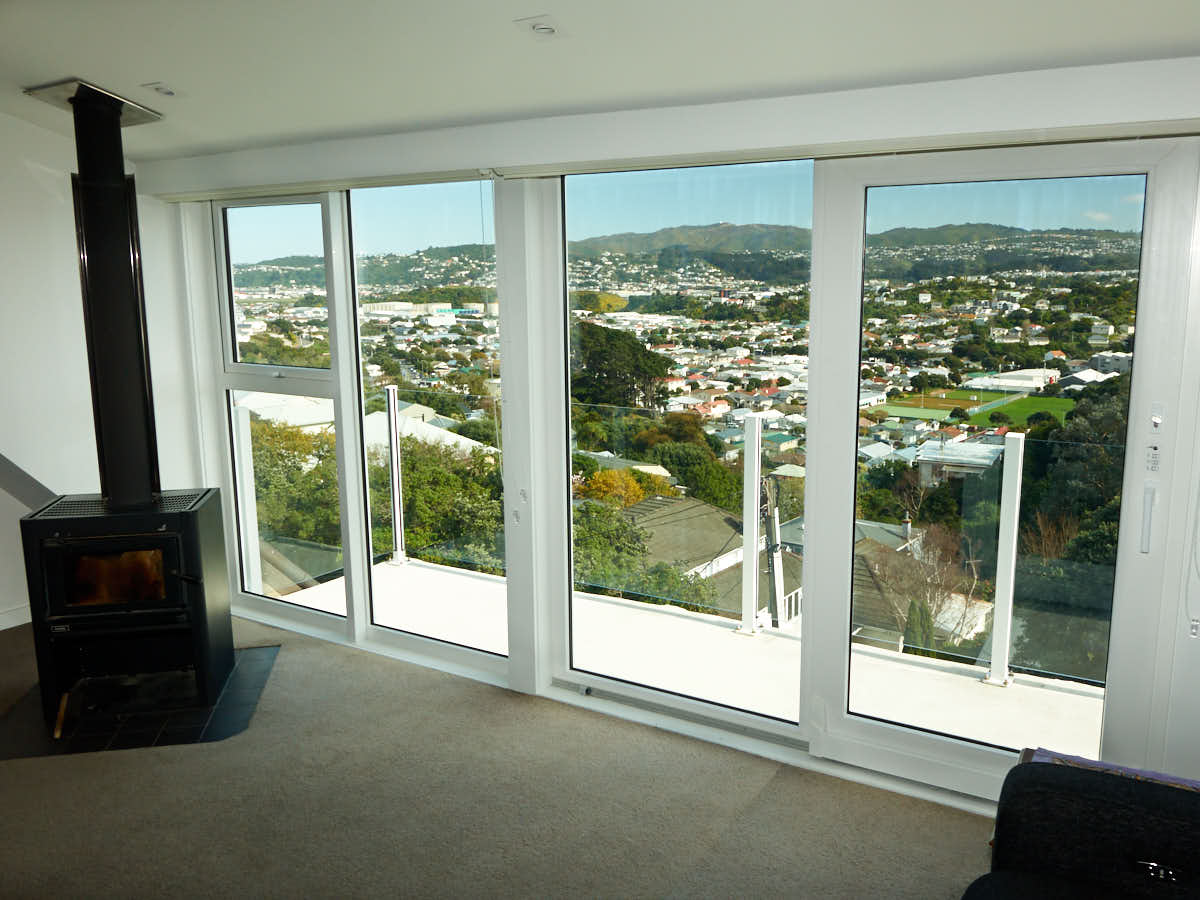Find out how these two types of joinery compare.
Timber windows have served our buildings for many decades and even centuries. And they have done well at keeping our windows in place, but as technology has advanced joinery has added many more tools to its arsenal. With new materials and engineering methods, it can now contribute greatly to ensuring our homes, offices, and other buildings stay warm, dry, and comfortable.
Want to know how traditional timber stacks up against one of the latest and most advanced joinery methods? We have put together a comparison of wooden and uPVC properties and how they each perform.
Warmth
Timber joinery is not bad at keeping your home warm in itself—after all, many homes are clad with wood. In fact, it has low thermal conductivity and is a good insulator. However, wooden windows can not seal as tightly or reliably as many other materials. They have a tendency to warp and are vulnerable to harm from the weather and mites. This leaves gaps for drafts to enter and heat to escape.
uPVC joinery is specially designed for thermal insulation, with engineered air chambers that keep heat in. The material itself, like wood, is also a natural insulator—combined, these features make uPVC windows one of the best options for anyone looking to make their home toasty in the colder months. They are not as vulnerable to weather conditions and seal tightly to eliminate gaps.
Functionality
As mentioned above, wood can become misshapen or damaged relatively easily, requiring a lot of care and repair to keep it in good shape. This also means that timber window frames can be harder to use. Damp conditions can cause them to swell and jam, warping can cause them to stick and become difficult to open or shut. They require new paint regularly.
Windows with uPVC joinery require very little maintenance and work smoothly. They slide, open, or close easily, and do not change shape or swell with changes in moisture or temperature. They also lock very securely and are reinforced with steel for strength.
Aesthetics
Wood joinery offers a traditional look that appeals to many homeowners—and there is indeed nothing quite like the look of timber window framing on an older home. It’s very aesthetically pleasing. However, a lot of maintenance and repainting is necessary to keep timber joinery looking in top shape.
While uPVC cannot offer the same character as timber when it comes to doors and windows, it has a modern look that works very well with newer builds. It is available in several colours to suit various homes without needing to be painted.
Sustainability
Both timber and uPVC joinery score well when it comes to their eco-friendliness. Wood is, of course, a natural material that can be repurposed and will decompose when discarded rather than remain in a landfill for decades.
Eco Doors and Windows uses a German uPVC supplier which recycles the material to make their internal components. The local market is growing, and in time it is expected that uPVC will be recycled locally. Another environmental advantage of uPVC is that it is so effective in keeping homes warm and dry that it contributes to energy efficiency; installing uPVC windows can reduce the running costs and carbon footprint of a home.
The reasons that property owners choose different types of joinery vary widely and can be influenced by climate, the purpose of the building, and personal preference. Timber and uPVC represent two ends of the spectrum: a classic material that has been in use for hundreds of years, and one that is very new to the scene.
We at Eco Windows and Doors believe that uPVC is a fantastic solution for modern home builds. Durable, secure, and beneficial to a building’s energy-efficiency, it is already keeping homes warm and dry throughout the country. To find out more, get in touch with the team!





